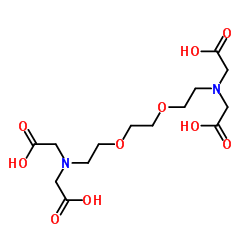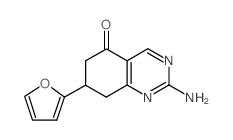| Structure | Name/CAS No. | Articles |
|---|---|---|
 |
Fluo-3
CAS:123632-39-3 |
|
 |
Sodium hydroxide
CAS:1310-73-2 |
|
 |
sucrose
CAS:57-50-1 |
|
 |
sodium chloride
CAS:7647-14-5 |
|
 |
Potassium hydroxide
CAS:1310-58-3 |
|
 |
sodium dodecyl sulfate
CAS:151-21-3 |
|
 |
3-Ethyl-2,4-pentanedione
CAS:1540-34-7 |
|
 |
DL-Serine
CAS:302-84-1 |
|
 |
EGTA
CAS:67-42-5 |
|
 |
NKY 80
CAS:299442-43-6 |